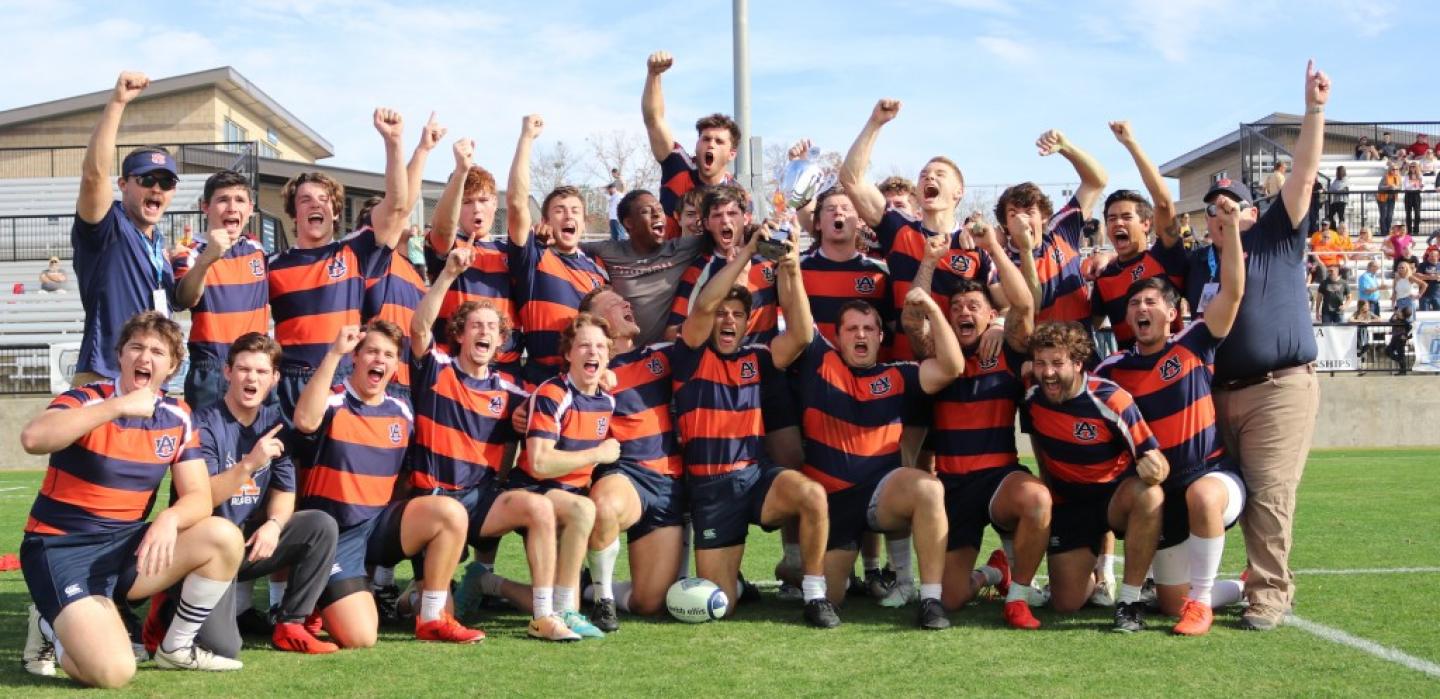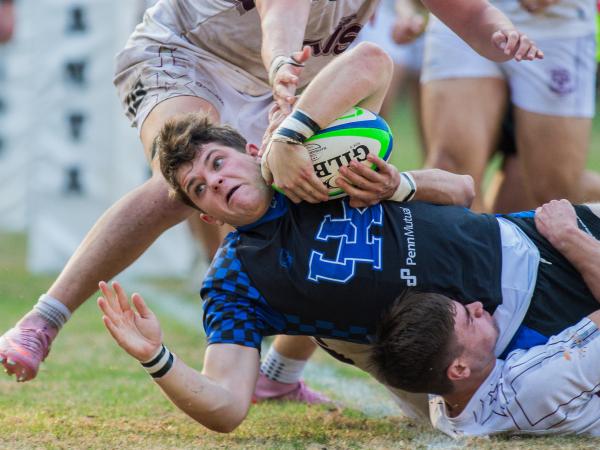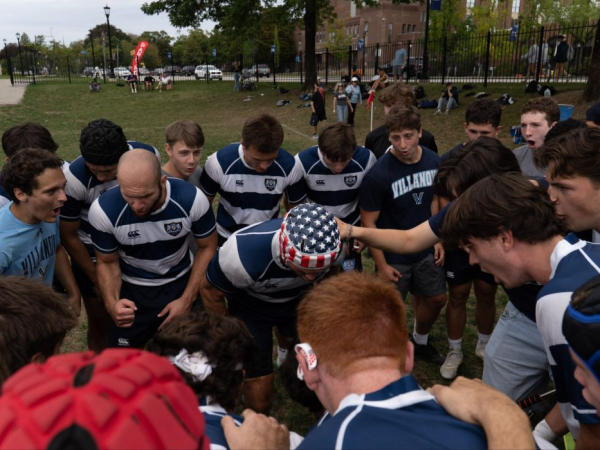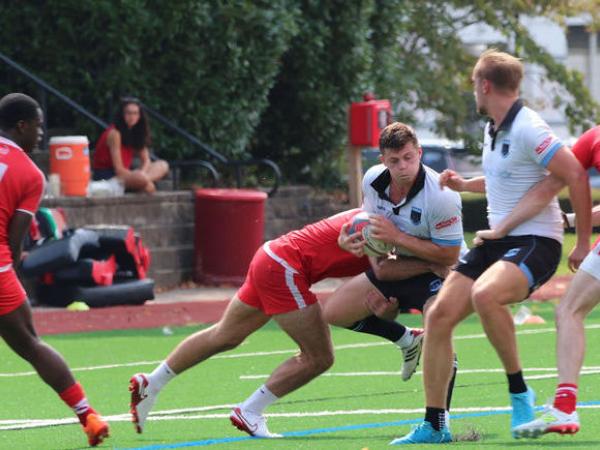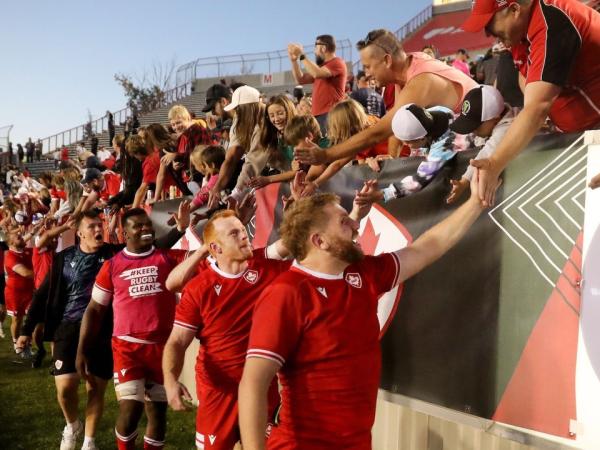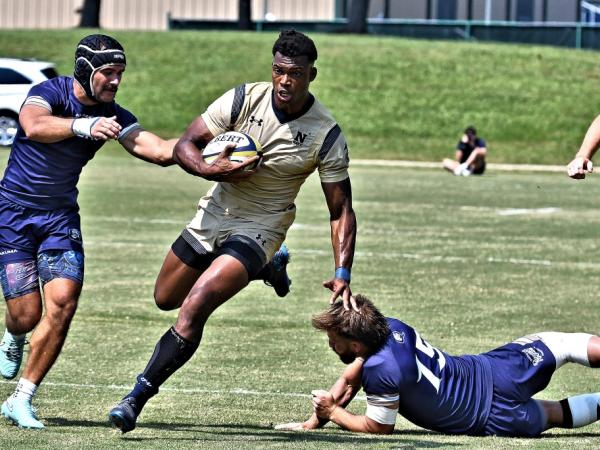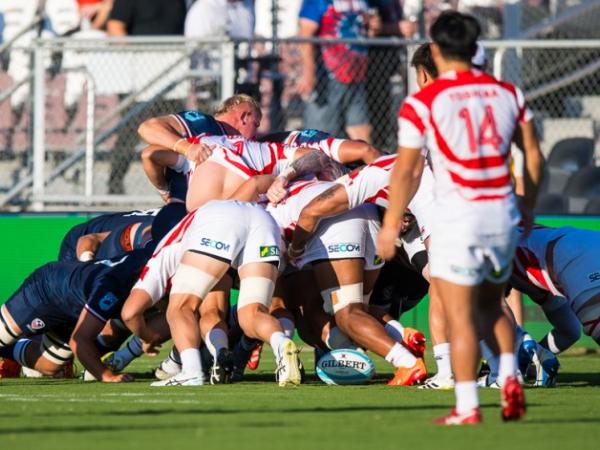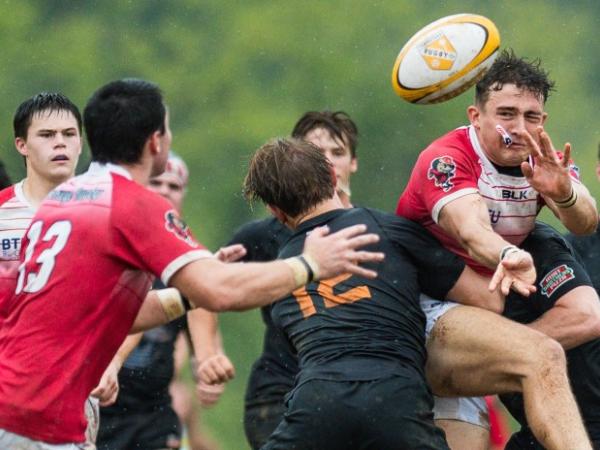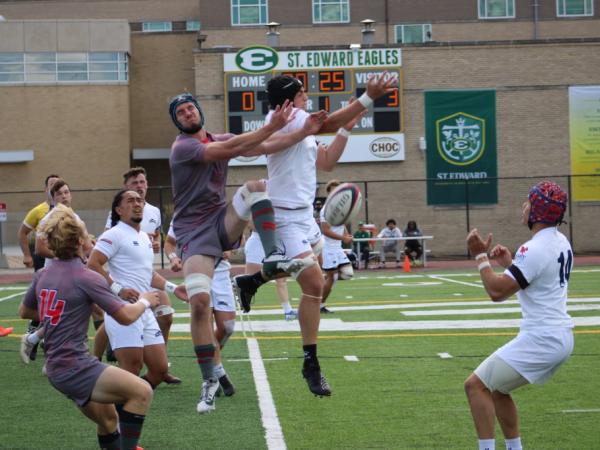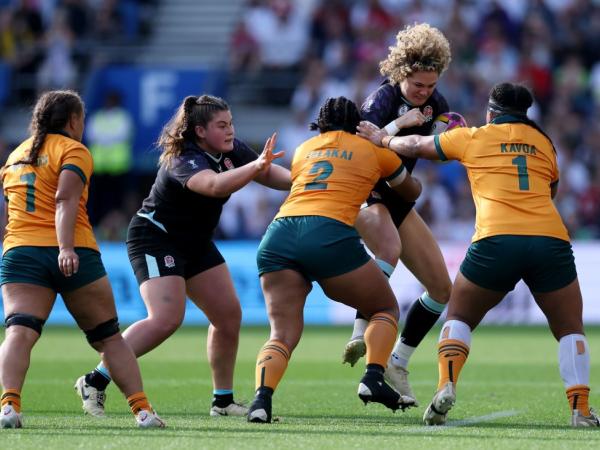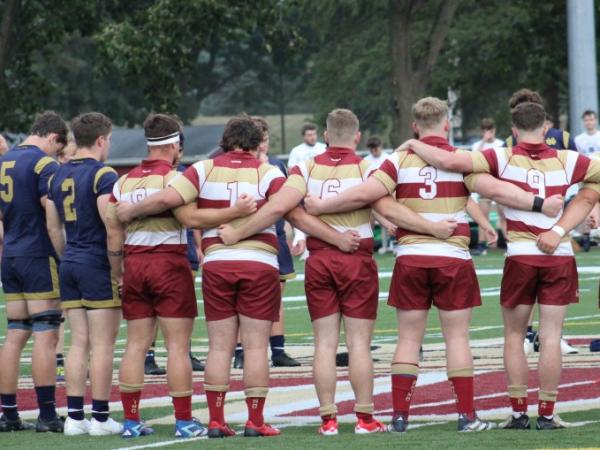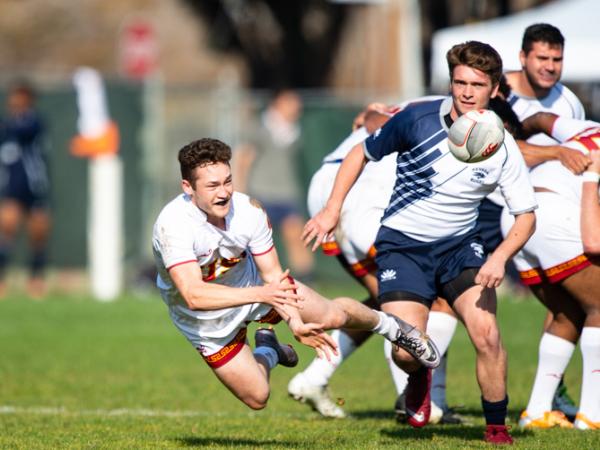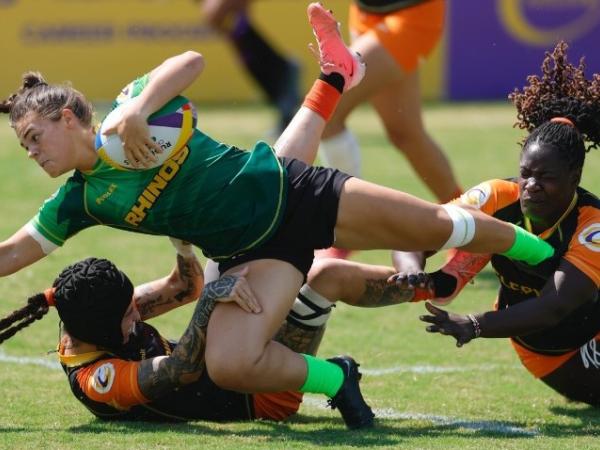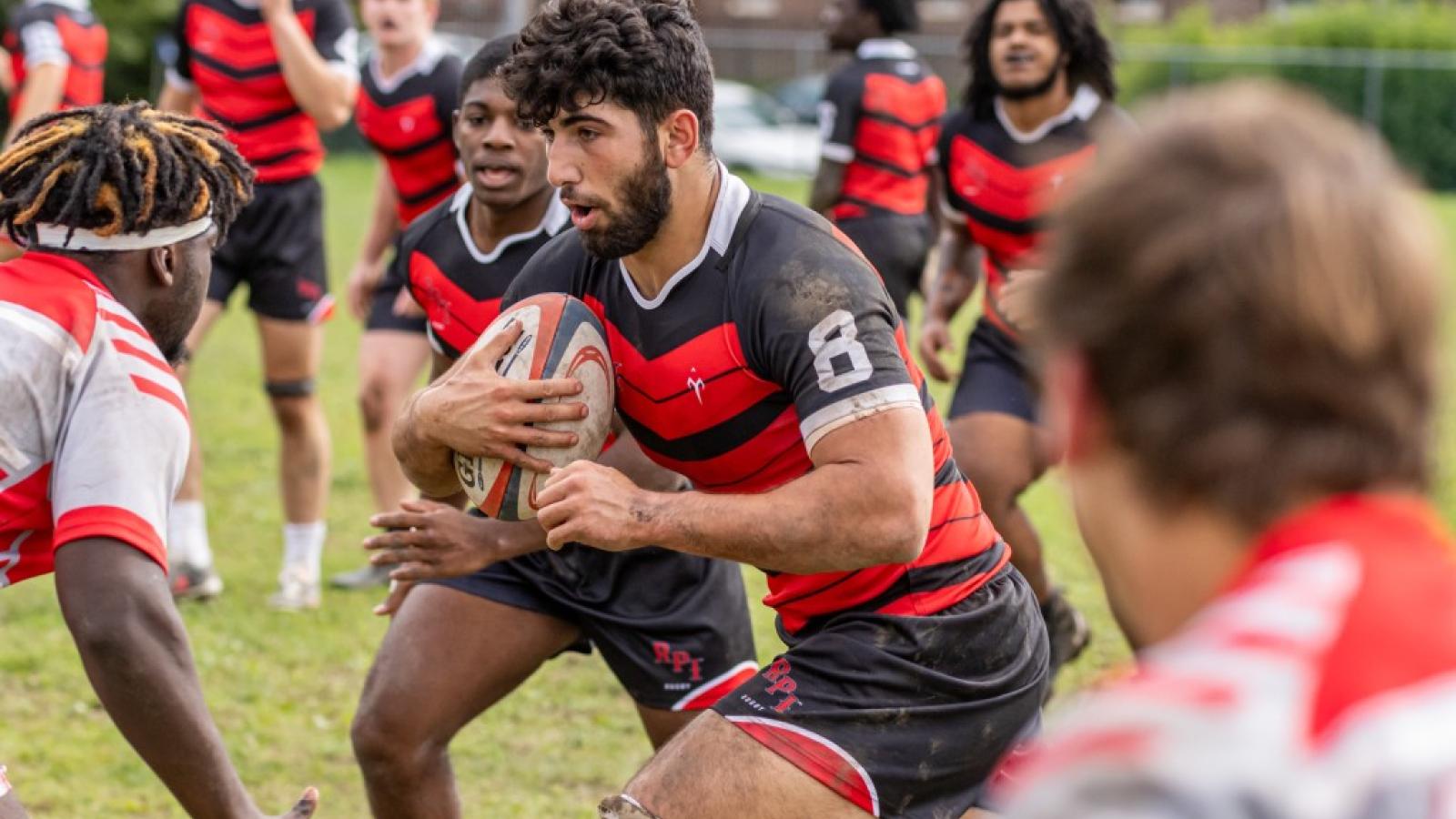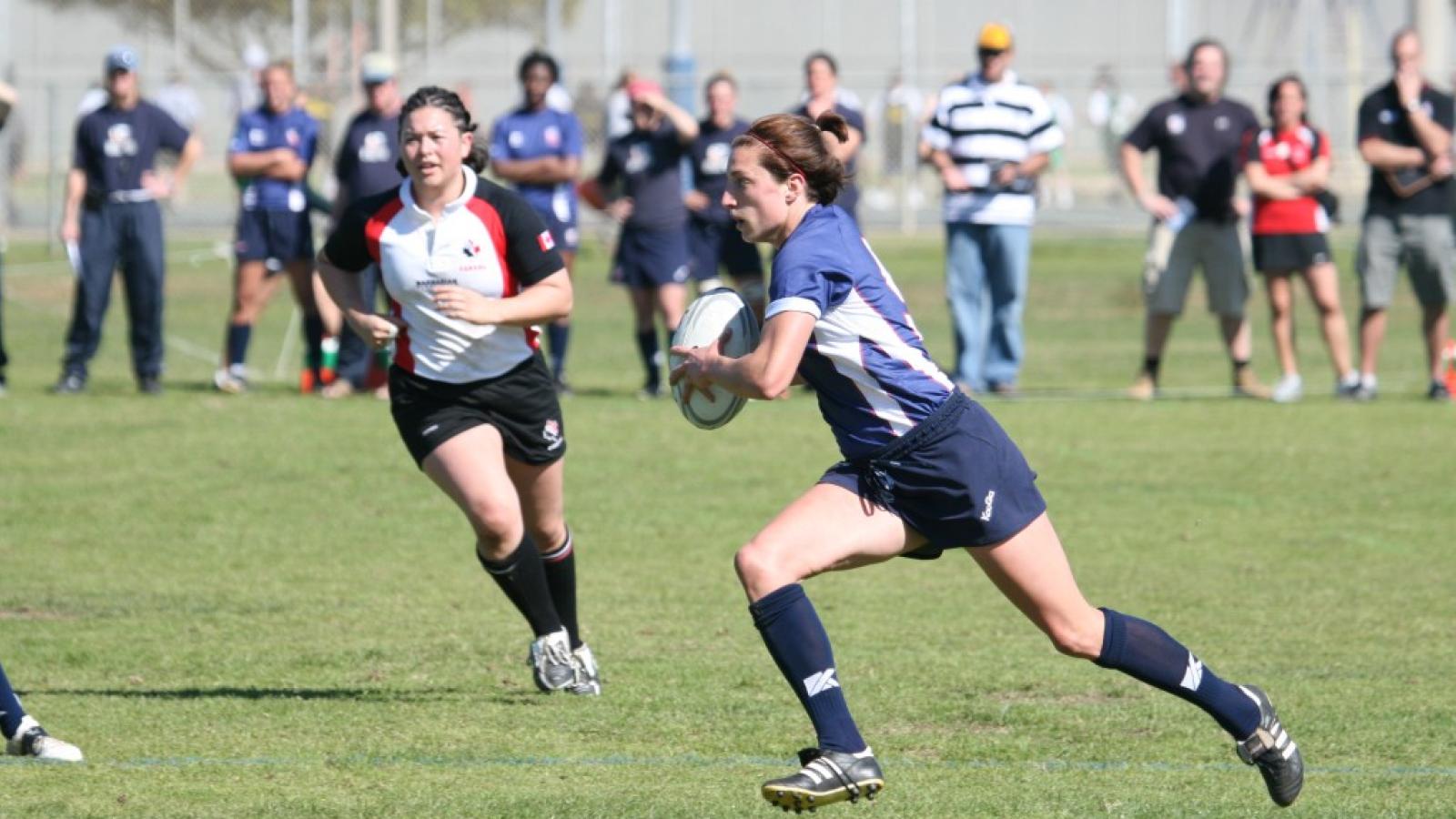One of the issues within American collegiate rugby, especially past the most elite teams, is how one defines a division.
For much of the history of collegiate rugby, when there’s been a divisional split, what division you’re in depends on you. You basically announce that you’re D1A (if you’re accepted), D1AA, D2, etc.
The advent of the National Small College Rugby Organization (which is now NCR and covers more than small college) created a specific metric—how many students are in your potential player pool—for qualification in each division’s playoffs.
New Enrollment Limits for NCR Divisions>>
Attempts have been made to create metrics to define the various divisions. USA Rugby’s points system, which was used mostly in women’s college rugby, worked somewhat well, and generally most metrics work somewhat well.
The problem is that no metric or system works 100% of the time. And it’s that 1% or 2% that gets noticed.
The Auburn Question
So we come to Auburn University. A huge university with an impressive athletic history (Bo Jackson, Cam Newton, Charles Barkley, Josh Donaldson, Kirsty Coventry, Ruthie Bolton), Auburn was, for quite some time, held up by this writer as an example of how you can’t collate a university’s size or athletic achievements with the success of its rugby team. When the old CRC was first conceived, we’d all go back and forth on why some college teams with non-elite rugby teams but big names were invited and others weren’t. Why not invite Auburn, Oregon, or Texas? Because their rugby team wouldn’t do well? OK then … but why those other guys?
To be fair, Auburn, while wasn’t particularly strong in rugby, in recent years, under the eye of Nick Prather and Sam Parks, Auburn has picked it up. They won the SCRC D2 twice while also recording the highest GPA and most community service hours of any club sport at the school. Their success earned them a big spread in the alumni magazine>>
All of this is enormously good news not only at Auburn but for the college game. When big colleges resistant to rugby see good news (the community service hours are probably the program’s biggest win, to be honest) it helps the sport and helps the sport grow. College rugby has had to work extra hard to get a toehold in the football-or-nothing Southeast. So Auburn getting good press locally is really good.
But now Auburn rugby has fallen afoul of a new initiative from NCR. Using a specific metric, in this case the number of male undergraduate students, NCR has determined that Auburn has to move up to D1AA. On May 17 Prather and Parks sent NCR an impassioned plea to reconsider, but to no avail. It took NCR almost two months to deal with this question, on July 11; NCR Men's Division I and II Coordinator said that while there is wiggle room for some, Auburn was just too big.






